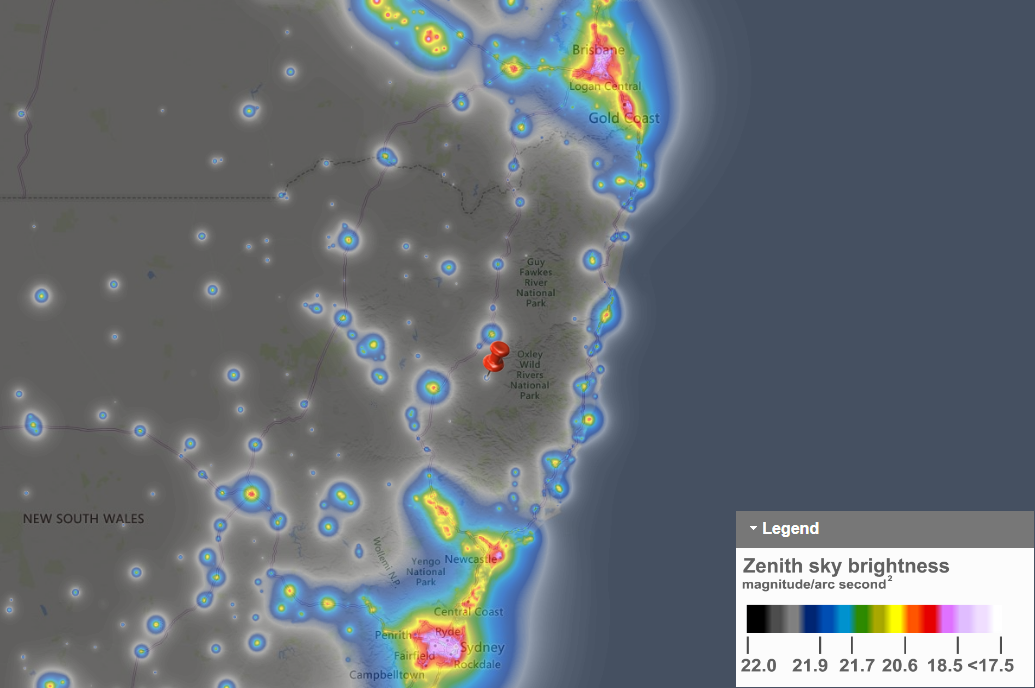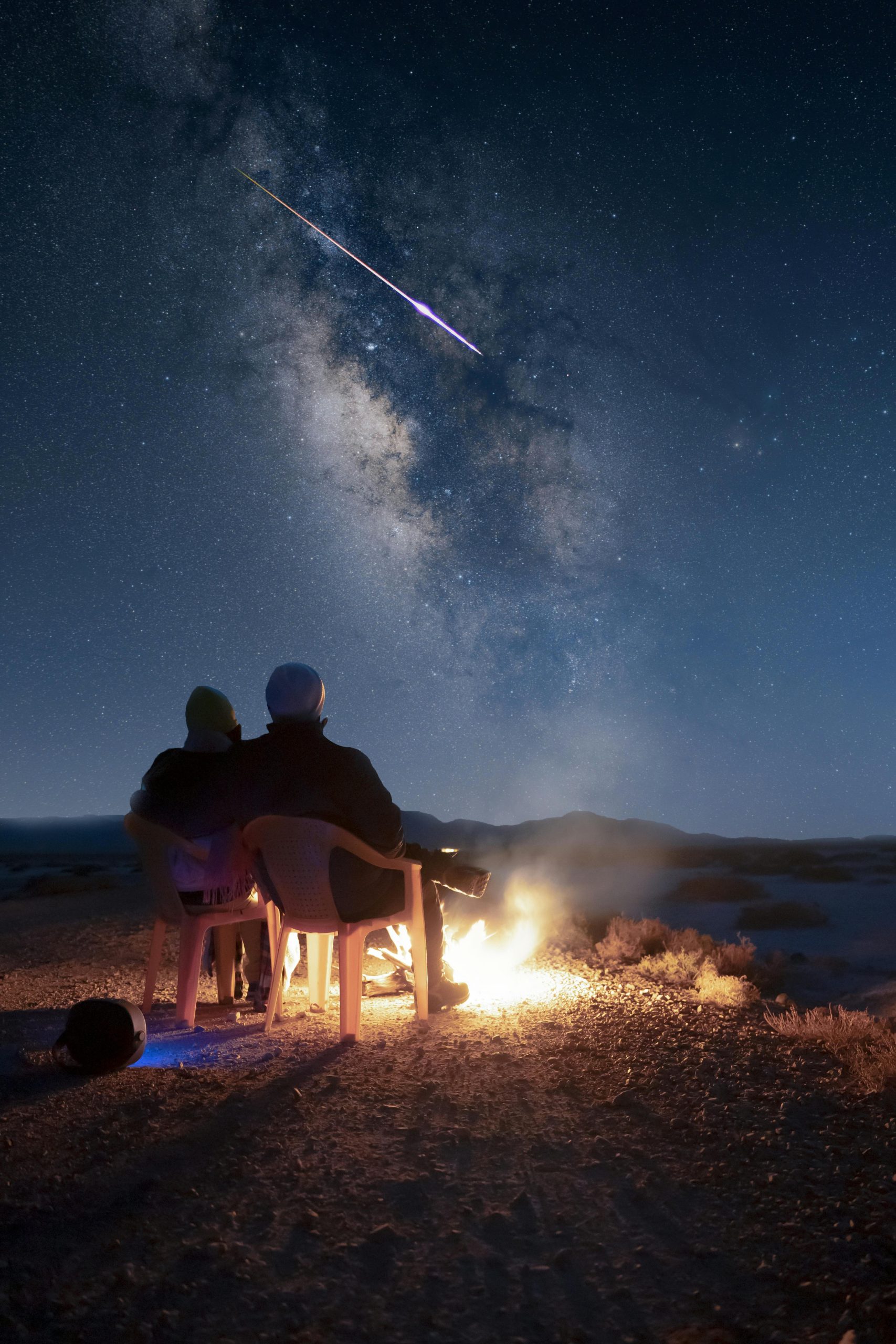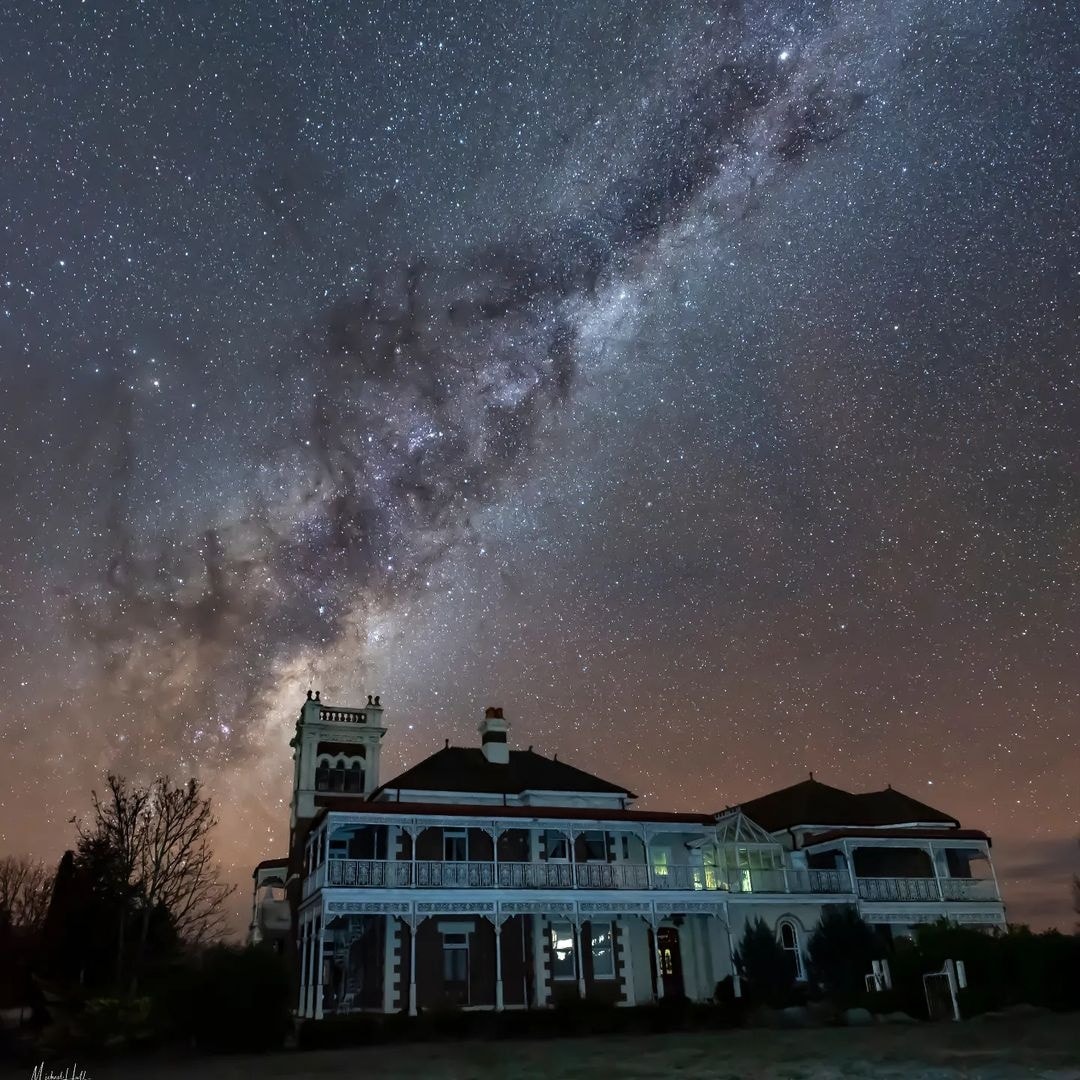




Night Sky
Whether you are a seasoned astronomer, a budding astrophotographer, or simply someone who enjoys the beauty of the universe, Walcha promises an unforgettable night beneath the stars.
If you’re chasing truly unforgettable night skies, Walcha is your dream destination. Nestled high on the New England Tablelands, this charming town offers some of the clearest and most spectacular views of the Milky Way in the Southern Hemisphere.
Why is Walcha a stargazer’s paradise?
-
Ideal Latitude (30° South): This “sweet spot” is renowned among astronomers for delivering prime views of our galaxy’s most dazzling features.
-
Low Light Pollution: Located on the edge of one of the largest dark-sky zones on Australia’s east coast, Walcha offers uninterrupted, crystal-clear nights—free from city lights and distractions.
-
High Altitude (1,000m+): Sitting over a kilometre above sea level, Walcha’s elevated position means thinner atmosphere, less haze, and sharper, more vibrant stargazing experiences.
In Walcha, the stars don’t just shine—they tell stories. Come see for yourself..

Map illustrating light pollution levels along Australia’s east coast, between Sydney and Brisbane.
Tips for an Unforgettable Night Under the Stars
Stargazing in Walcha is a magical experience that can be enjoyed year-round—weather permitting, of course. But for the most spectacular night-sky views, plan your visit in October or February. These months offer the ideal conditions, thanks to darker skies created by a less intrusive moon—perfect for spotting the Milky Way or catching a meteor streak.
To make the most of your celestial adventure:
-
Choose a moon-free vantage point to avoid any light interference.
-
Head out after sunset, once the sky begins to darken.
-
For peak viewing, aim for around midnight, when the sky is at its darkest and the stars shine their brightest.
Whether you’re hoping to capture a long-exposure photo of the galaxy or simply lie back and take it all in, Walcha’s pristine skies promise a stargazing experience that’s truly out of this world.
Sleep Under the Stars
Ever dreamt of falling asleep beneath a canopy of stars? In Walcha, that dream becomes reality. Camping here isn’t just about fresh air and wide-open spaces—it’s your front-row seat to one of the most breathtaking night skies in Australia. Spot constellations, trace the arc of the Milky Way, and maybe even catch a shooting star as you wind down by the fire.
Whether you’re a seasoned camper, a caravan enthusiast, or rolling in with a cosy campervan, Walcha offers a range of camping options to suit every style. So pack your gear, rally your family or friends, and get ready for an unforgettable night immersed in nature’s quiet beauty.
Not keen on roughing it? No worries. Walcha is also home to a selection of secluded farmstays and rural retreats, where you can stargaze in comfort—complete with warm beds, country charm, and zero light pollution.
Out here, the stars shine brighter—and the nights feel longer, quieter, and truly special.
Capture the Cosmos
If you’ve ever wanted to photograph the dazzling heart of the Milky Way, Walcha offers the perfect setting—and the perfect timing. Between April and October, the galactic core becomes visible in the Southern Hemisphere, lighting up the night sky with a spectacular swirl of stars, dust lanes, and cosmic colour. Plan your shoot around a New Moon for the darkest skies and the most striking images.
To make the most of your astrophotography adventure, come prepared:
-
A sturdy tripod is essential for long exposure photography, helping keep your camera steady and your images sharp.
-
A wide-angle lens allows you to frame both the expansive sky and the stunning rural landscape—capturing the true scale and wonder of the night.
-
And don’t forget extra batteries, a headlamp (with red light mode), and warm clothes—it gets chilly under those crystal-clear skies.
Whether you’re chasing star trails, time-lapses, or a single breathtaking shot of the Milky Way, Walcha gives you the space, stillness, and sky to create something truly spectacular.


Photo: Michael Hull
Light pollution map courtesy of Jurij Stare, www.lightpollutionmap.info
Falchi, Fabio; Cinzano, Pierantonio; Duriscoe, Dan; Kyba, Christopher C. M.; Elvidge, Christopher D.; Baugh, Kimberly; Portnov, Boris; Rybnikova, Nataliya A.; Furgoni, Riccardo (2016): Supplement to: The New World Atlas of Artificial Night Sky Brightness. GFZ Data Services. http://doi.org/10.5880/GFZ.1.4.2016.001
Falchi F, Cinzano P, Duriscoe D, Kyba CC, Elvidge CD, Baugh K, Portnov BA, Rybnikova NA, Furgoni R. The new world atlas of artificial night sky brightness. Science Advances. 2016 Jun 1;2(6):e1600377.
